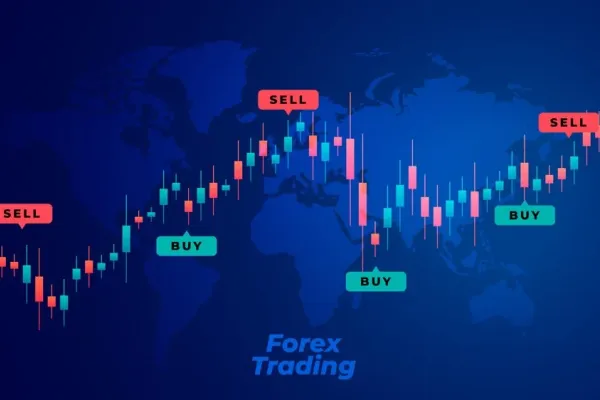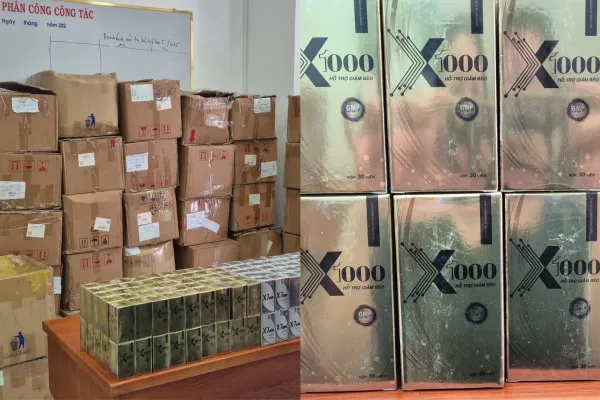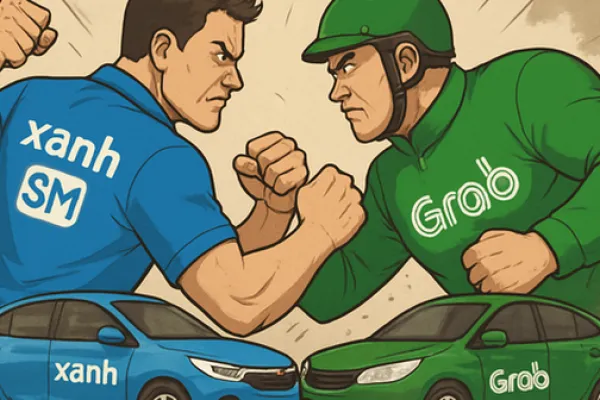
Margin Trading in Crypto
Introduction
The world of cryptocurrency trading has expanded rapidly, offering traders innovative ways to amplify their profits—and risks. Among these methods, margin trading has gained significant attention. It allows traders to borrow funds to increase their position size, enabling larger profits than would be possible using only their own capital. However, margin trading is a double-edged sword: while it can magnify gains, it can equally amplify losses.
In the crypto market, where volatility is the norm rather than the exception, margin trading can be especially lucrative—and dangerous. According to a 2024 Binance report, approximately 20% of active crypto traders engage in margin trading on major platforms. Despite its popularity, many traders venture into margin trading without fully understanding its mechanics and associated risks. This article explores the fundamentals of margin trading in crypto, including strategies, best practices, examples, and case studies to help you navigate this high-stakes arena confidently.
Understanding Margin Trading in Crypto
What is Margin Trading?
Margin trading involves borrowing money from a broker or exchange to trade larger positions than your initial investment would allow. In cryptocurrency markets, traders typically pledge a portion of their own funds—known as the initial margin—and borrow the rest.
Example:
- If you have $1,000 and use 5x leverage, you can open a position worth $5,000.
- Profits (and losses) are calculated based on the full $5,000, not just the $1,000 you provided.
Key Concepts:
- Leverage: The multiplier on your original investment (e.g., 2x, 5x, 10x).
- Liquidation: If the market moves against you and your margin falls below the maintenance level, your position can be forcibly closed to limit losses.
- Margin Call: A warning to add more funds to avoid liquidation.
Why Traders Use Margin in Crypto Markets
The primary appeal of margin trading includes:
- Amplified Profits: Small price movements can yield significant gains.
- Portfolio Diversification: Margin frees up capital for other investments.
- Access to Advanced Strategies: Enables short selling and hedging.
Platforms like GPT +500 Alora offer tailored services to margin traders, providing real-time analytics, adjustable leverage options, and advanced risk management tools to help traders maximize their potential.
Effective Strategies for Crypto Margin Trading
Long and Short Positions
- Going Long: Borrowing funds to buy crypto, expecting the price to rise.
- Going Short: Selling borrowed crypto with the expectation of buying it back at a lower price.
Case Study: During the 2022 crypto winter, traders who shorted Bitcoin after it broke below the $30,000 support line saw substantial returns by capitalizing on the prolonged bearish trend.
Risk Management in Margin Trading
Margin trading without robust risk controls is akin to gambling. Best practices include:
- Using Stop-Loss Orders: Automate exit points to prevent large losses.
- Setting Risk Limits: Never risk more than 1-2% of your trading capital on a single trade.
- Choosing Appropriate Leverage: Conservative leverage (2x-5x) reduces the risk of sudden liquidation.
Platforms such as GPT +500 Alora provide risk calculators and automatic stop-loss features to help traders maintain discipline and protect their investments.
Pros and Cons of Margin Trading
Pros:
- Potential for higher returns
- Greater flexibility for advanced strategies
- Ability to hedge other investments
Cons:
- Increased risk of losing more than the initial investment
- Emotional pressure from amplified gains and losses
- Margin calls and forced liquidations
Important Reminder: Beginners should start with lower leverage until they become more experienced and confident in managing risk.
Conclusion
Margin trading in the cryptocurrency market offers thrilling opportunities but also exposes traders to heightened risks. Understanding how leverage works, mastering risk management, and maintaining emotional discipline are essential for success. Traders must approach margin trading with caution, preparation, and the right tools.
Using a reliable and sophisticated platform like GPT +500 Alora can significantly enhance your margin trading experience. With access to advanced features like customizable leverage settings, real-time data, and automated risk management, GPT +500 Alora empowers traders to act decisively and intelligently in a rapidly moving market.
Ultimately, margin trading isn’t for everyone. It demands patience, rigorous strategy, and a clear understanding of the financial risks involved. By educating yourself and using the right resources, you can harness the power of margin trading to amplify your success in the ever-evolving crypto landscape.
FAQs
What is the minimum amount needed to start margin trading in crypto?
Some platforms allow margin trading with as little as $10, but a higher balance (around $500) is recommended for better flexibility and risk management.
What leverage is safe for beginners in margin trading?
Beginners should use low leverage, such as 2x or 3x, to minimize the risk of liquidation.
What happens if my margin position gets liquidated?
If the price moves against you and your margin balance falls below the maintenance requirement, the exchange will forcibly close your position, often resulting in a total loss of the initial margin.
How can I avoid liquidation in margin trading?
Use stop-loss orders, conservative leverage, and ensure your account maintains a sufficient margin buffer.
Is margin trading crypto legal?
Yes, margin trading is legal in most countries, but regulations vary. Always check the legal status in your jurisdiction.
What are the best cryptocurrencies for margin trading?
Bitcoin (BTC), Ethereum (ETH), and Litecoin (LTC) are commonly used for margin trading due to their liquidity and volatility.
Can I short sell cryptocurrencies with margin trading?
Yes, margin trading allows you to open short positions and profit from falling markets.
Is it possible to use bots for crypto margin trading?
Absolutely. Many traders use automated bots to manage margin trades more efficiently. Platforms like GPT +500 Alora integrate with trading bots for better performance.
How much can I lose in margin trading?
In margin trading, losses can exceed your initial investment if not managed carefully, especially with high leverage.
What skills are essential for successful margin trading?
Key skills include technical analysis, emotional control, strategic planning, and a solid understanding of market fundamentals.
Bài viết liên quan














